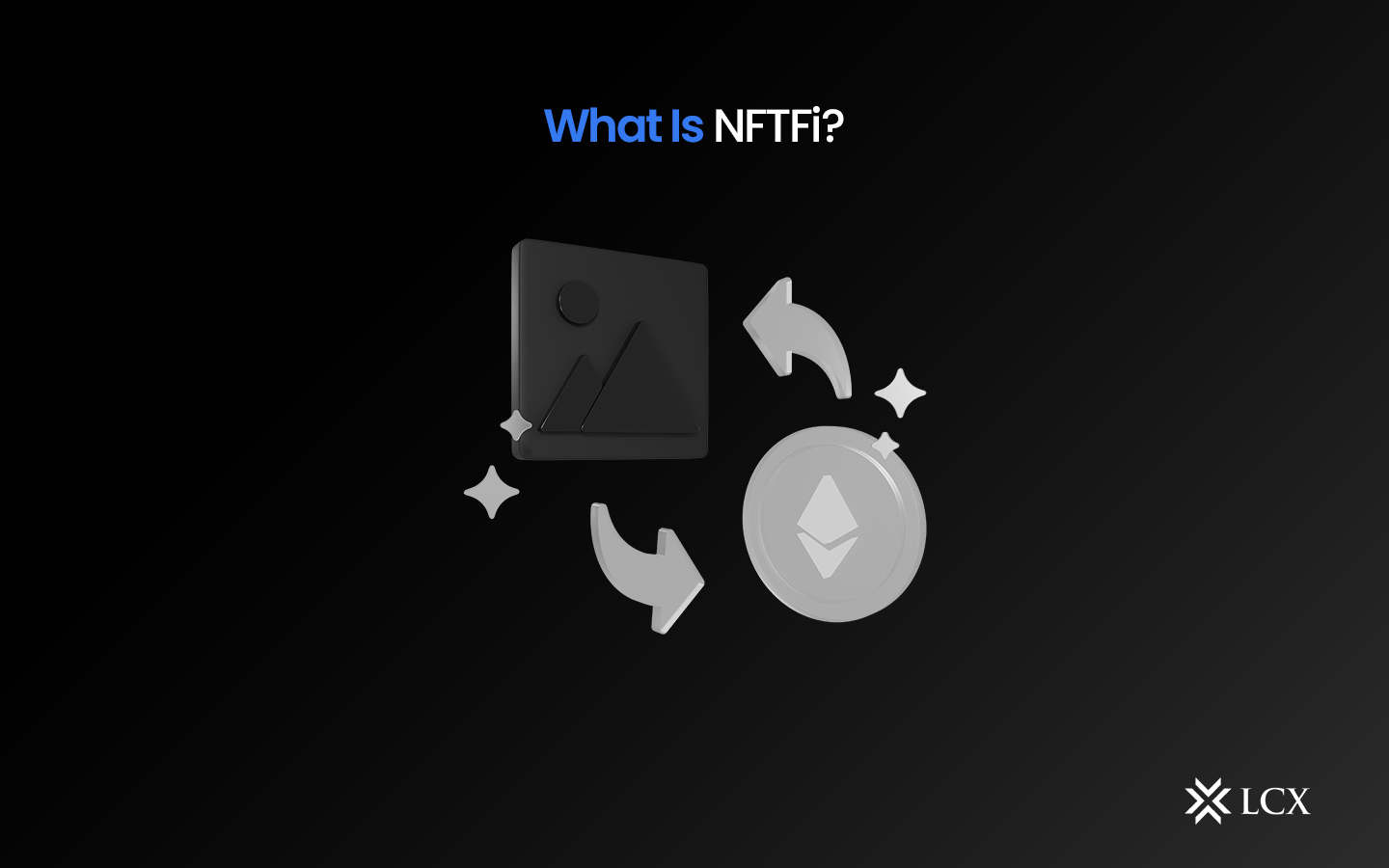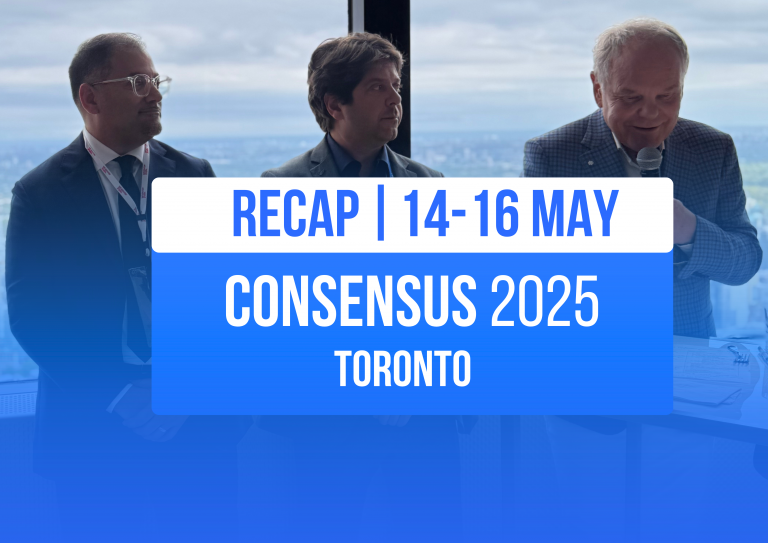NFTfi is an effortlessly expanding sector that lies at the point of intersection of NFTs and DeFi, with the end goal of releasing extra value, possibilities, and liquidity for the NFT market. Its fundamental objective is to offer decentralized financial services to NFT players in the market. It provides users with new ways of earning returns, unlocking liquidity, broadening their exposure, and participating in the emergent NFT finance ecosystem. With both the NFT and DeFi markets experiencing explosive growth recently, it was only a matter of time before both of these technologies met.
What Exactly is NFTfi?
NFTfi finances transactions with NFTs by gaining access to more liquid assets. This collision between DeFi and NFTs has increased the liquidity of NFTs, thereby expanding the options available to NFT holders.
Currently, DeFi protocols have been developed to emulate conventional financial systems. Yet with the introduction of NFTs, an entirely new range of financial products is possible. Some lending protocols, for instance, now permit NFTs to be pledged as loan collateral, providing borrowers and lenders with an alternative to conventional stablecoin or cryptocurrency-backed loans in DeFi. In either case, NFT/-DeFi projects leverage the benefits of each technology to produce a product that is demonstrably more valuable than its constituent elements.
The merging of DeFi and NFTs is a subject that has garnered a growing amount of interest and activity. In general, it appears that certain initiatives are more focused on adapting NFTs to DeFi techniques. The development of liquidity pools and fractionalization protocols, for instance, enables NFT holders to realize liquidity on their holdings while allowing investors with less capital to obtain exposure to high-value tokens. Other initiatives, on the other hand, appear to place a higher priority on improving DeFi primitives with NFT-based assets. Some lending protocols, for instance, now permit NFTs to be pledged as loan collateral, providing borrowers and lenders with an alternative to the more conventional stablecoin or cryptocurrency-backed loans in DeFi. In either instance, NFT/DeFi projects leverage the unique characteristics of each technology to create a product that is clearly more valuable than its constituent parts.
The sectors within this include:
NFT Fractionalization: It is the process of dividing ownership of an NFT among a set of fungible tokens that are linked to the original NFT. To fractionalize a non-financial instrument, the NFT is deposited in a vault. Then, ERC-20 tokens reflecting possession of the NFT are minted, with each token representing a fraction of the original NFT’s ownership. It offers unique advantages to both NFT owners and potential purchasers. By fractionalizing their NFT, proprietors can sell their NFT in a novel manner.
NFT Renting: It is the temporary rental of an NFT. A smart contract that functions as an escrow and typically requires a deposit makes this possible. At the conclusion of the rental period, the NFT must be returned to its proprietor. It has been developed as an approach to this issue, just in a more familiar form than fractionalization.
NFT Derivatives: These are one of the more recent developments in the NFTfi industry. Similar to non-NFT derivatives, NFT derivatives represent tradable contracts that allow people to wager on the potential prices of NFT collections.
NFT Lending: Similar to traditional lending with physical assets, NFT asset lending is a form of financing that employs NFT as collateral. To borrow cryptocurrency or fiat currency at a fixed interest rate, NFT holders pledge digital assets as collateral. It’s not hard to get into these kinds of debts.
Advantages of NFTFi
The protocols improve the financial utility of NFTs, thereby providing the NFT market and those who participate with greater availability, extended financial utility, and improved risk mitigation opportunities.
Enhanced Liquidity
NFTs have historically been recognized for their distinct features and indivisibility. While these are key advantages and differentiators for these one-of-a-kind digital assets, they additionally restrict the liquidity of the NFT market.
NFTfi protocols enable NFTs to be committed as backing for loans, fractionalized NFTs to be traded on decentralized exchanges, and new entry points to the NFT market to be created through forecasting markets and indexes. This ultimately contributes to the development of a more liquid and effective marketplace for these digital assets.
Increased Financial Efficiency
NFTfi protocols, at their core, increase the financial utility of NFTs for both owners and market participants by establishing more sophisticated markets for these digital assets.
For instance, lending and financing platforms provide liquidity to NFT holders in additional ways. The NFT holder must also pay interest on borrowed funds, presenting a novel opportunity for digital asset lenders to generate income. NFT fractionalization offers comparable dual advantages. Due to their reduced price points, fractionalized tokens increase market participant access, while enabling NFT owners to access liquidity without relinquishing complete control.
Better Risk Mitigation
Without NFTfi protocols, users have limited options for gaining general exposure to the NFT market or hedging market volatility.
Using use cases such as NFT indices and prediction markets, it enables users to avoid concentrating their market exposure on a single or limited range of NFT assets. Using NFT indices, users can increase their market exposure to the entire market or to specific verticals. Prediction markets provide instruments for direct owners of NFTs to mitigate market volatility and risk.
Conclusion
NFTfi is a groundbreaking innovation in the realm of non-fungible tokens. Existing initiatives and protocols already offer NFT market participants a plethora of novel participation opportunities in the expanding NFT finance ecosystem. As the NFT and DeFi ecosystems mature, the security, dependability, and pervasiveness of the emergent ecosystem for NFTfi protocols will only increase. It is becoming one of the most intriguing new Web3 developments. This industry solves the liquidity issue faced by NFTs by exposing them to a vast array of new financial use cases that other asset classes presently enjoy.










